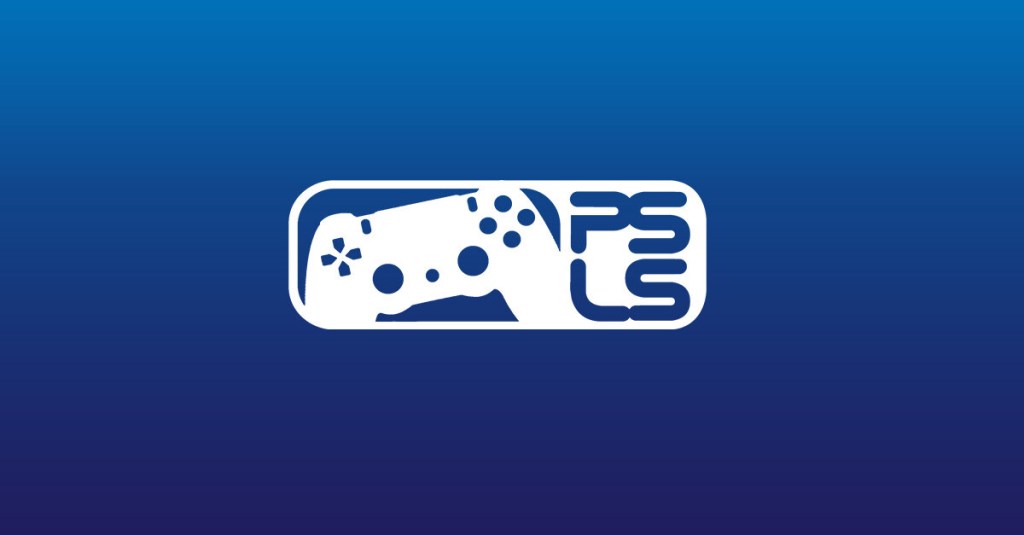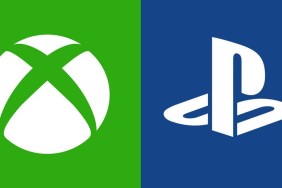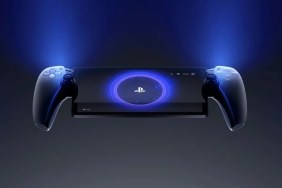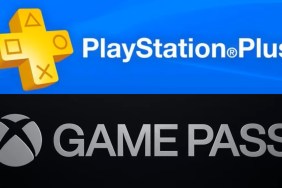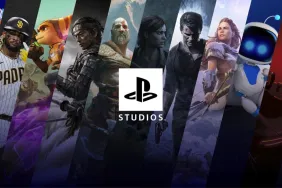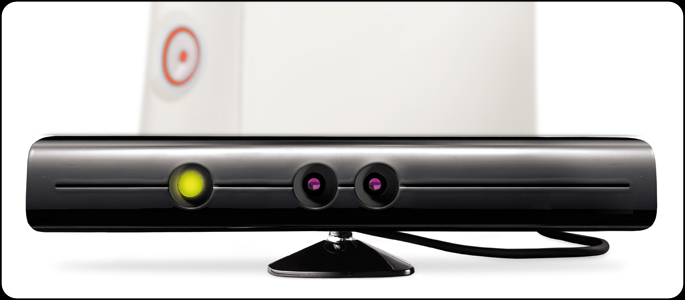
It’s a little known fact that during the early days of the PlayStation Move, Sony had the opportunity to work with 3DV Systems, the Israeli based company now owned by Microsoft that specializes in digital imaging technology and the masterminds behind Natal. Ultimately, Sony chose to utilize a combination of light, a camera, and instruments used to measure the action of acceleration and magnetic fields instead of implementing the many patents undoubtedly held by 3DV. Recently, Dr. Richard Marks explained why.
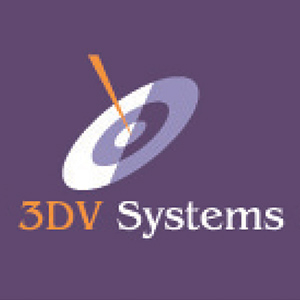 During the recent Engadget Show, Dr. Marks treated viewers with a stunning display of the Move’s potential and the type of impact it can have on the future of gaming. He also revealed the reasoning behind Sony’s design decisions and the downsides of 3D cameras. When asked about investing research into 3D cameras like Natal’s, Marks explained:
During the recent Engadget Show, Dr. Marks treated viewers with a stunning display of the Move’s potential and the type of impact it can have on the future of gaming. He also revealed the reasoning behind Sony’s design decisions and the downsides of 3D cameras. When asked about investing research into 3D cameras like Natal’s, Marks explained:
We tried a lot of different 3D cameras. I love the 3D camera technology; personally, I like the technology part of it. We worked closely with our game teams at what it would enable, and it enabled making the things we already did with EyeToy more robust, but it didn’t really enable as many new experiences as what we were hoping it would enable, so it made the things we were already able to do a little bit more robust — which is good — but it adds a lot of cost and it didn’t enable some of the other experiences we wanted to achieve.
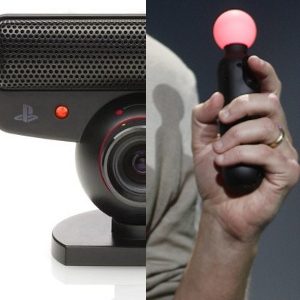 In addition, Dr. Marks explains the purpose of having the Move employ glowing spheres.
In addition, Dr. Marks explains the purpose of having the Move employ glowing spheres.
Sometimes a tech demo doesn’t translate into a product very well, for example, [in the tech demo] we were tracking those colored balls, but since there’s no light in the ball or anything like that, the lighting in the room has to be good enough for the camera to see the color reliably and that makes for a difficult product when you don’t have a control over those variables. And with the 3D camera it’s a little bit similar that we found that there were some things we wanted to be able to do and sometimes it wouldn’t work reliably for what we wanted to do.
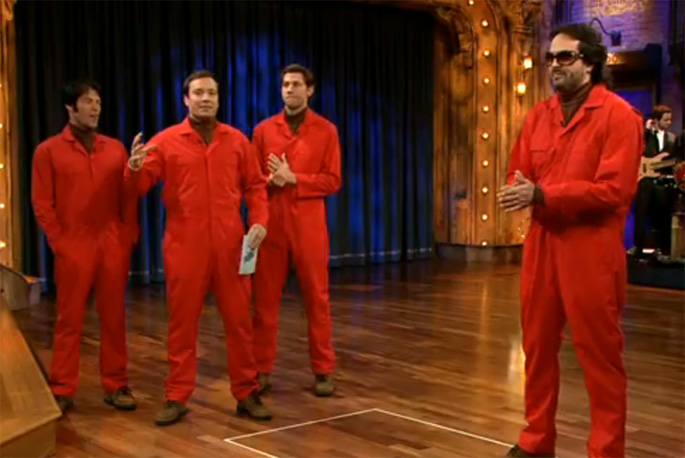 Since there is no control over light conditions, Microsoft may have to include those red jumpsuits after all. Joking aside, it’s worth noting that prior to being purchased by Microsoft, 3DV also reportedly approached Nintendo, hoping to be adopted into their family. In the end, concerns about latency and the costs involved lead to 3DV being dismissed as a solution.
Since there is no control over light conditions, Microsoft may have to include those red jumpsuits after all. Joking aside, it’s worth noting that prior to being purchased by Microsoft, 3DV also reportedly approached Nintendo, hoping to be adopted into their family. In the end, concerns about latency and the costs involved lead to 3DV being dismissed as a solution.
Microsoft claims to have addressed some issues by improving the software of Natal. In addition, the original co-processor that was supposed to be integrated into Natal has been eliminated due to costs. Doing so not only effectively assigns all processing duties to the Xbox 360, but also taxes the system up to 15%, leaving less computing power for developers to utilize. This amount of headroom required will make it problematic to support software that was released prior to Natal.
It’s interesting to get a sense of the amount of thought that went into engineering the Move. Given Dr. Marks’ responses, Natal could very well be destined to be a glorified EyeToy. Not to downplay the abilities of Natal, but PlayStation Move already seems to be delivering much of its promise. Of course only time will tell which technology is best suited to usher in the next evolution in gaming. Until then, be sure to check out our impressions of PlayStation Move.
